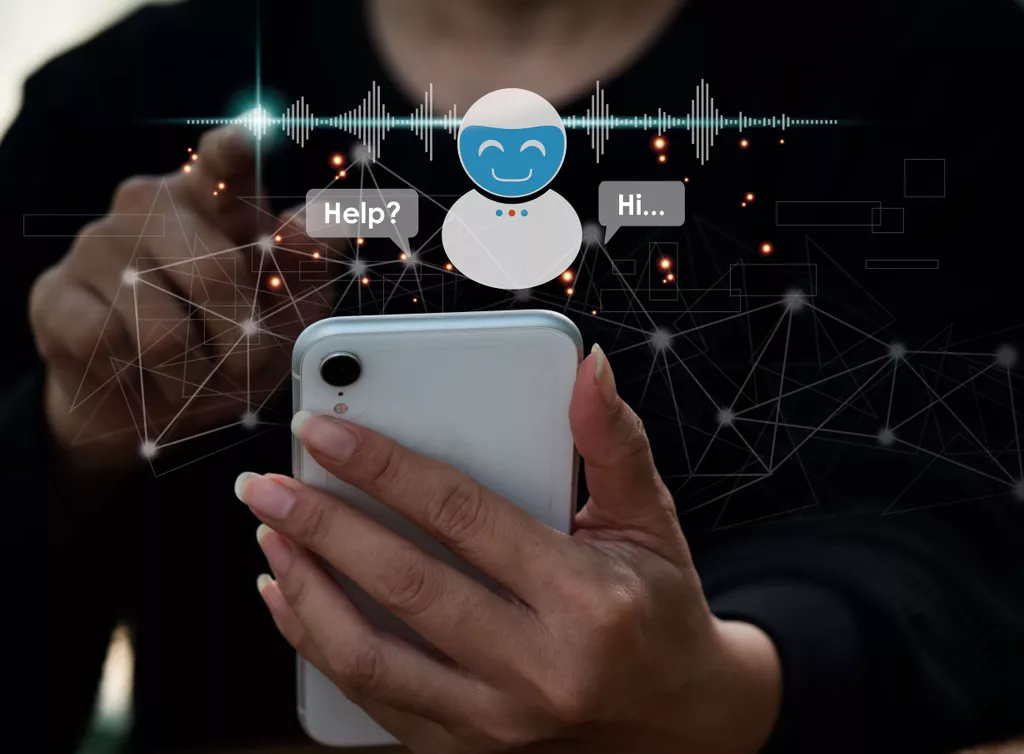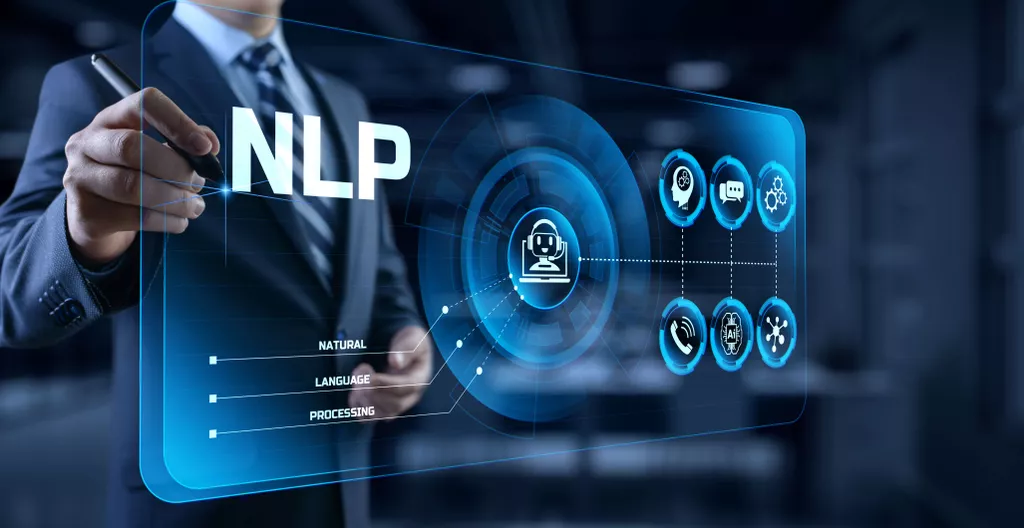
The difficulty inherent to the evaluation of a method based on user’s interaction is a probable reason for the lack of studies considering this approach. Despite the fact that the user would have an important role in a real application of text mining methods, there is not much investment on user’s interaction in text mining research studies. A probable reason is the difficulty inherent to an evaluation based on the user’s needs.
What is an example of semantic analysis?
The most important task of semantic analysis is to get the proper meaning of the sentence. For example, analyze the sentence “Ram is great.” In this sentence, the speaker is talking either about Lord Ram or about a person whose name is Ram.
Furthermore, in image emotion recognition, each emotional category includes much more diverse visual contents of the image, which results in a large intraclass difference. It is challenging to extract discriminative features that can effectively distinguish one class from another. The multiple high-level semantic information, such as objects, scenes, and actions, can provide more useful information to handle this issue. The results of the systematic mapping study is presented in the following subsections.
Deep Learning and Natural Language Processing
As aforementioned, the user-defined tags can encompass a wide range of concepts that can be observed from the images or relate to the visual contents. Hence, these tags may be noisy, abstract and redundant, whence they cannot be regarded as the reliable solution for image emotion recognition. A refinement and selection process certainly helps to improve the quality of visual concepts. However, owing to various constraints, such a vast selection of emotion-related metadialog.com concepts is hard to accomplish. Considering the properties of affective semantic concepts and characteristics of user-generated tags, we define four criteria that assist us in maximizing the coverage of the emotional concept subset from the entire visual concept set. For this purpose, we first propose quantitative calculations of these criteria and put forward a selection process to mine concepts from community-contributed images and their tags.
- In Chinsha & Joseph (2015), adjectives and verbs are used as sentiment words.
- This technology is already being used to figure out how people and machines feel and what they mean when they talk.
- We adopt the simplified version to extract 27-dimensional features and utilize the LibSVM classifier for image emotion classification.
- As we enter the era of ‘data explosion,’ it is vital for organizations to optimize this excess yet valuable data and derive valuable insights to drive their business goals.
- This survey paper tackles a comprehensive overview of the last update in this field.
- The first technique refers to text classification, while the second relates to text extractor.
We also found an expressive use of WordNet as an external knowledge source, followed by Wikipedia, HowNet, Web pages, SentiWordNet, and other knowledge sources related to Medicine. Text mining is a process to automatically discover knowledge from unstructured data. Nevertheless, it is also an interactive process, and there are some points where a user, normally a domain expert, can contribute to the process by providing his/her previous knowledge and interests. As an example, in the pre-processing step, the user can provide additional information to define a stoplist and support feature selection. In the pattern extraction step, user’s participation can be required when applying a semi-supervised approach. In the post-processing step, the user can evaluate the results according to the expected knowledge usage.
Feature/aspect-based
Sentiment analysis, also called opinion mining, is a typical application of Natural Language Processing (NLP) widely used to analyze a given sentence or statement’s overall effect and underlying sentiment. A sentiment analysis model classifies the text into positive or negative (and sometimes neutral) sentiments in its most basic form. Therefore naturally, the most successful approaches are using supervised models that need a fair amount of labelled data to be trained. Providing such data is an expensive and time-consuming process that is not possible or readily accessible in many cases.
This implies that whenever Uber releases an update or introduces new features via a new app version, the mobility service provider keeps track of social networks to understand user reviews and feelings on the latest app release. In semantic analysis, word sense disambiguation refers to an automated process of determining the sense or meaning of the word in a given context. As natural language consists of words with several meanings (polysemic), the objective here is to recognize the correct meaning based on its use. One can train machines to make near-accurate predictions by providing text samples as input to semantically-enhanced ML algorithms. Machine learning-based semantic analysis involves sub-tasks such as relationship extraction and word sense disambiguation.
Get Social Media Today in your inbox
The results imply that almost all the selected concepts with high scores belong to the cognitive semantics, which proves the property of semantic modelability. For example, “tear” and “cry” are consistent with the concepts of human emotion cognition that conveys sadness. Then, internet, person, radio, alot, t-zone, etc… are extracted from reviews as candidate product aspects. Next, semantic similarity is applied to eliminate the noisier aspects and extract the real aspects of the product.
But it was not a failure because it successfully defused the player’s legal complaint and focused the player’s attention on the game itself. Finally, the rebuild (Apology & Compensation) strategy was the most successful strategy because it significantly increased the percentage of positive emotions and regenerated expectations for IC. Sentiment analysis is divided into machine learning and sentiment lexicon, and the latter is adopted in this study. The NLP model I designed also collects specific data such as the names of companies, people, and products. And since the Edge NL API provides built-in sentiment analysis capabilities, I added it to the loop. I thought it would be interesting for anyone passionate about data or business analysis to cross sentiment and intentions information with companies, people and products mentions.
RQ1: What Were the Reactions of Users After NetEase Issued Three Statements?
Chatbots help customers immensely as they facilitate shipping, answer queries, and also offer personalized guidance and input on how to proceed further. Moreover, some chatbots are equipped with emotional intelligence that recognizes the tone of the language and hidden sentiments, framing emotionally-relevant responses to them. Relationship extraction is a procedure used to determine the semantic relationship between words in a text. In semantic analysis, relationships include various entities, such as an individual’s name, place, company, designation, etc. Moreover, semantic categories such as, ‘is the chairman of,’ ‘main branch located a’’, ‘stays at,’ and others connect the above entities. While there are an abundance of datasets available to train Sentiment Analysis models, the majority of them are text, not audio.
SentiWordnet (Esuli & Sebastiani, 2006) is used to detect the aspect orientation and Wordnet to get the aspect synonyms. Because evaluation of sentiment analysis is becoming more and more task based, each implementation needs a separate training model to get a more accurate representation of sentiment for a given data set. Interested in natural language processing, machine learning, cultural analytics, and digital humanities. Each review has been placed on the plane in the below scatter plot based on its PSS and NSS.
Intent Classification
Moreover, it is also helpful to customers as the technology enhances the overall customer experience at different levels. In addition to Sentiment Analysis, Twinword also offers other forms of textual analysis such as Emotion Analysis, Text Similarity, and Word Associations. Twinword’s Sentiment Analysis API is a great option for simple textual analysis. The API’s basic package is free for up to 500 words per month, with paid plans ranging from $19 to $250 per month depending on usage.
What are the three types of sentiment analysis?
- Aspect-based sentiment analysis.
- Fine grained sentiment analysis.
- Intent-based sentiment analysis.
- Emotion detection.
What is semantic analysis also known as?
This discipline is also called NLP or “natural language processing”. As such, when a customer contacts customer services, a text analysis is performed and the role of semantic analysis is to detect all the subjective elements in an exchange: approach, positive feeling, dissatisfaction, impatience, etc.


